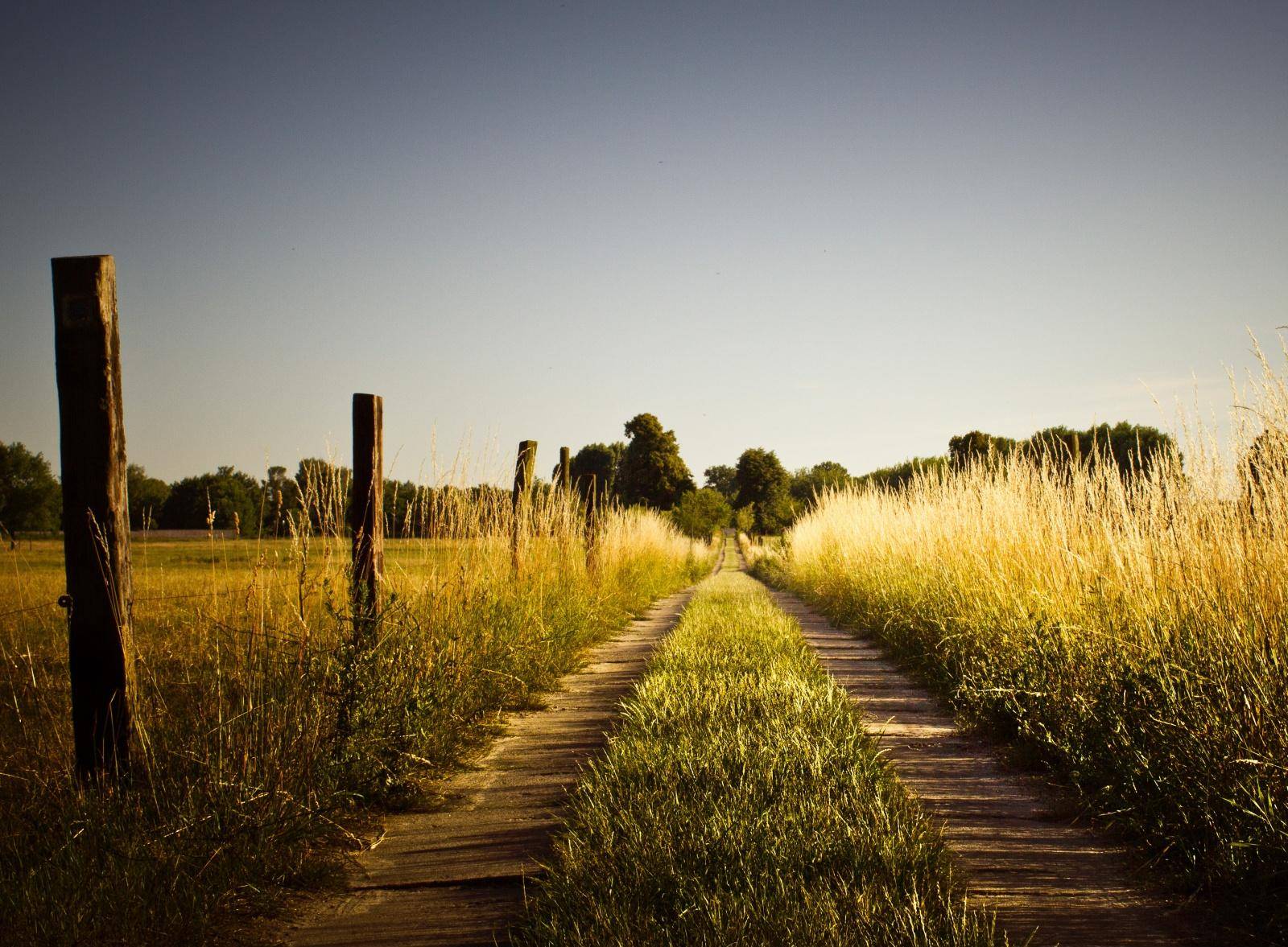One hostage, Terry Anderson, had a run of 2,455 bad days. He decided during this ordeal to play the hand dealt to him. His advice to the elderly, spend your time living instead of dying. To the young, don't be impatient to exchange youth for maturity. For all, "Seize the day!" "Time is a gift that may not always fit, but you can't return it!"
Which reminds me of a gift I've enjoyed. I have made new friends and have learned a lot about the environment of our region.
Something like four years ago, I read that people from The Texas Nature Conservancy were coming to spend the night in Celeste and then work in the Clymer Meadows that the agency had bought. Someone directed a group of four to see me. It was a most pleasant piece of luck. I became interested in their work of saving blocks of native prairie lands, historic forests, water ways, and plant life. Posterity will be better because of the Conservancy.
My part in their work here was to brief them on my experiences and knowledge of the community meadows. I made several talks to groups coming from afar for the nature walks. (A residence left on the lands provided shelter for their gatherings).
I began with what I knew of J. M. Clymer, that he came here in what is now the Leonard and Lane area, shortly after the California Gold Rush in 1849. From Leonard historians, I was told of his purchase of 3,000 acres, of prairie land at ten cents per acre north and west of present Greenville. The young man, Jim Clymer, whose home was in Pennsylvania, had led three expeditions to the gold fields. On returning from the last trip, he made friends with Kit Carson. On parting, the Indian fighter Carson gave Clymer his gun and $25. Carson went west, Clymer came east, and made local history. His story tells that he was scalped by Indians, left to die, but crawled to a creek and survived.
In 1907, when we were in school at Lane and would hunt wild flowers in the spring in the nearby cemetery, the two huge Clymer monuments were of interest. Had we known then the history of the many, our interest would have been greater. We did know that Miss Louie Clymer and Miss Grace Clymer who came to the Methodist Church were his daughters living on the Clymer homestead northeast of Lane.
Also, we knew Emri Clymer, a son, who was partner to Will Bruce in the Lane Store. I found in research that Mr. J. M. Clymer had been a trustee in the Lane School District and a supporter of the church and community. Mr. Clymer died in 1904.
The first Mrs. Clymer, Elizabeth Marshall, died. Mr. Clymer married Mrs. S. R. Sowell. The children of this union became citizens of Leonard.
The Clymer Meadows were a part of the community life that I knew. Easter egg hunts were held each spring for the short grasses had been mowed the previous year. Later the tall meadow grass needed for hay, furnished jobs for farmers. The operations of hay baling was a midsummer work for men, boys, wagons, and teams using the old-fashioned hay baler. Much of the original Clymer lands were sold for farming. Some are still in the hands of descendants. One hundred eight seven (187) acres are in the care of the Conservancy. The state and national organization supports their purchases to go back native. It is most thrilling to walk in the shoulder high grasses and find tiny flowering plants and some animal life underneath. People come from afar for the weekend workdays when Conservancy members come from San Antonio. They clear fence rows, guide tours, find the proper time for controlled burning. If that is not possible, the ages old grasslands continue its cycle.
Next week I will tell of my honor in a Clymer Meadow photograph in the December 1991 "National Geographic" published book, "The Heartlands of a Continent," the text by an Iowa native, Ron Fisher.

